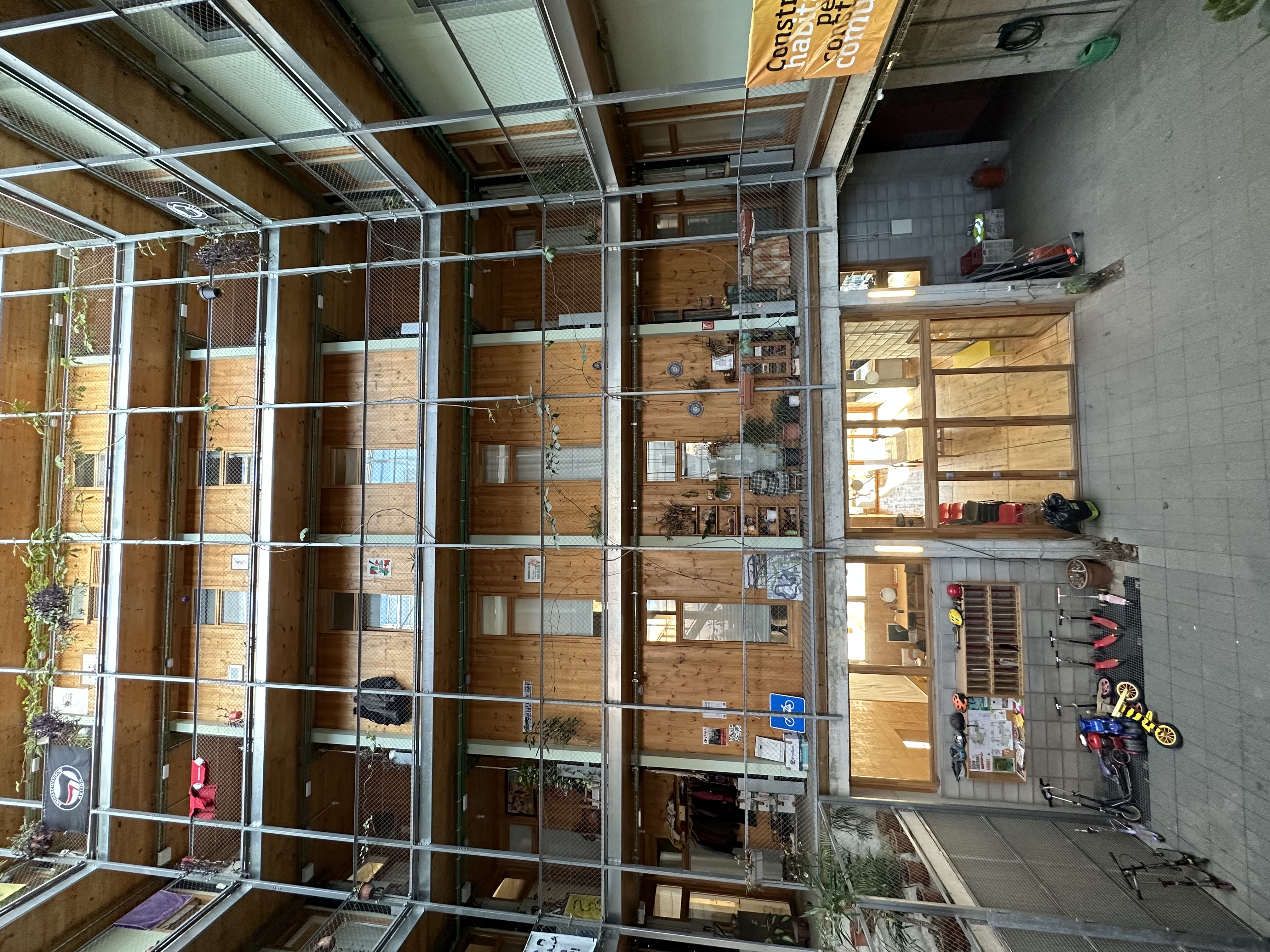
La Borda, Housing Corporation. An example of how community can shape the space you live in. Extremely interesting to see how this housing corporation runs and works.
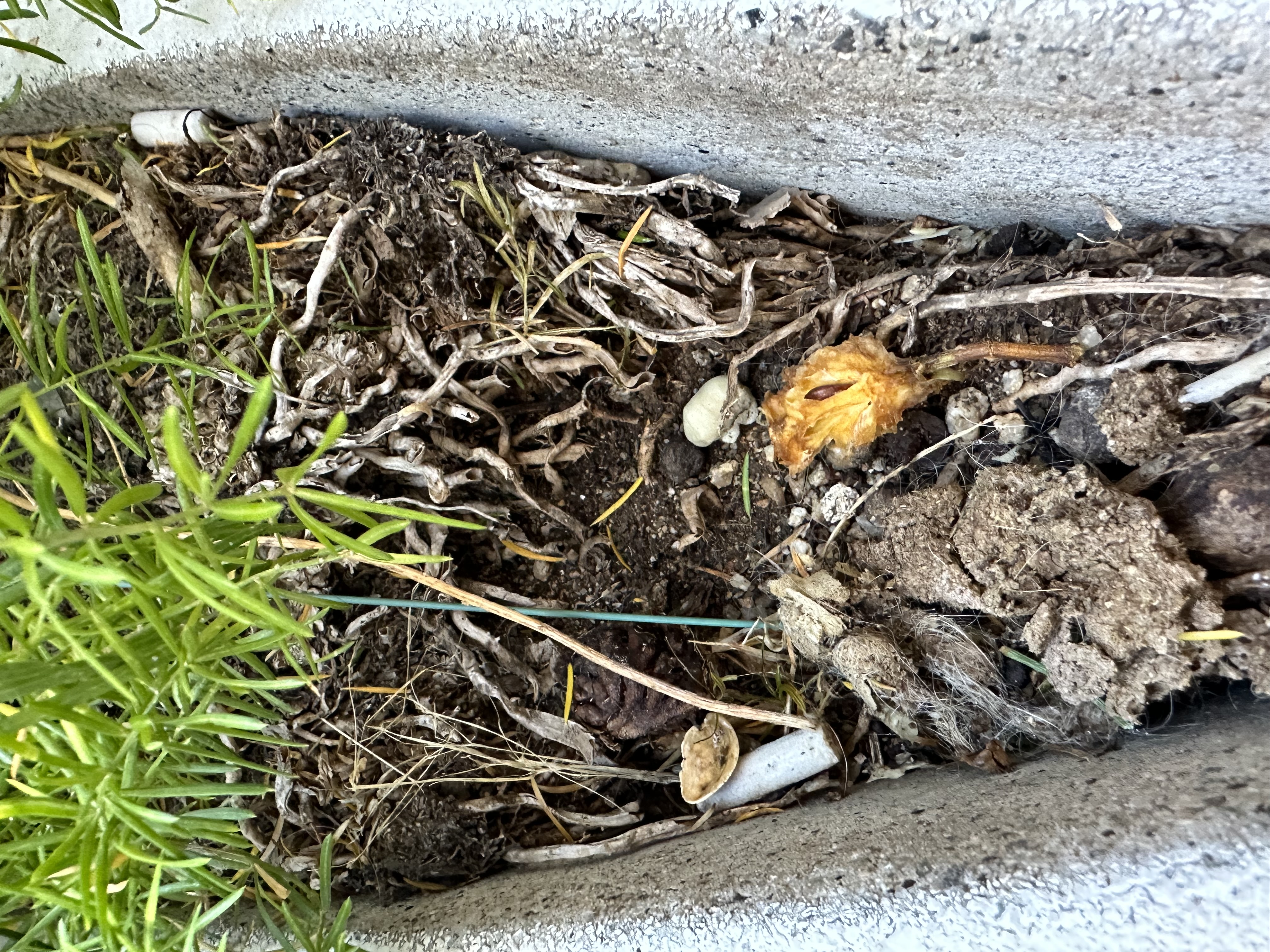
Planting Pot, dead and littered in.

La Borda, Housing Corporation. An example of how community can shape the space you live in. Extremely interesting to see how this housing corporation runs and works.

Planting Pot, dead and littered in.
After spending two days in Sants exploring both soil and land conflicts we formed a group to explore in more depth. The first step we took after defining an interest area was creating a map of different people, places, associations that are directly or indirectly touched by this conflict. For our group the main focus was that there was a lack of green space and the environment felt dead. In particular while there were areas for humans to experience nature the connection between these areas seemed dead. Meaning pollinating beings would have trouble going from one area to another. The complete conflict map we created based on our land and soil exploration can be found below.
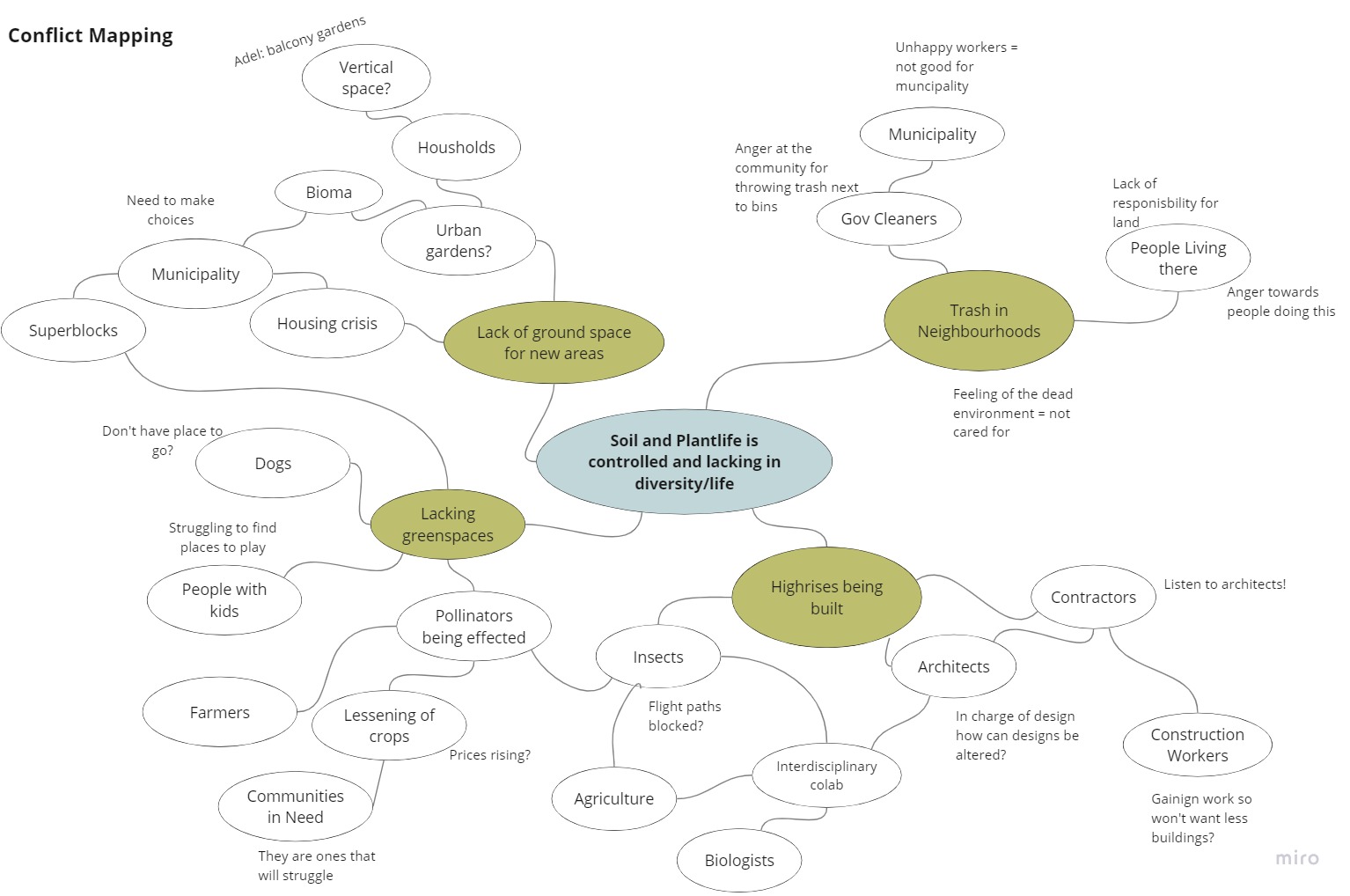
Based on our small scaled first intervention we decided to create a plan of how we could potentially start scaling up and interacting with more communities. Here is where we reached out to BAM, NestCityLab and also the architects who worked on the NestCity building. The end goal for us was to increase the spaces where pollinators could rest and improve the biodiversity within the city. Along with this we hope to raise awareness and knowledge on the necessity of the struggles these species face. To visualize this plan we created a future timeline and the created posters that we would use to promote the events in the first phase of our plan.

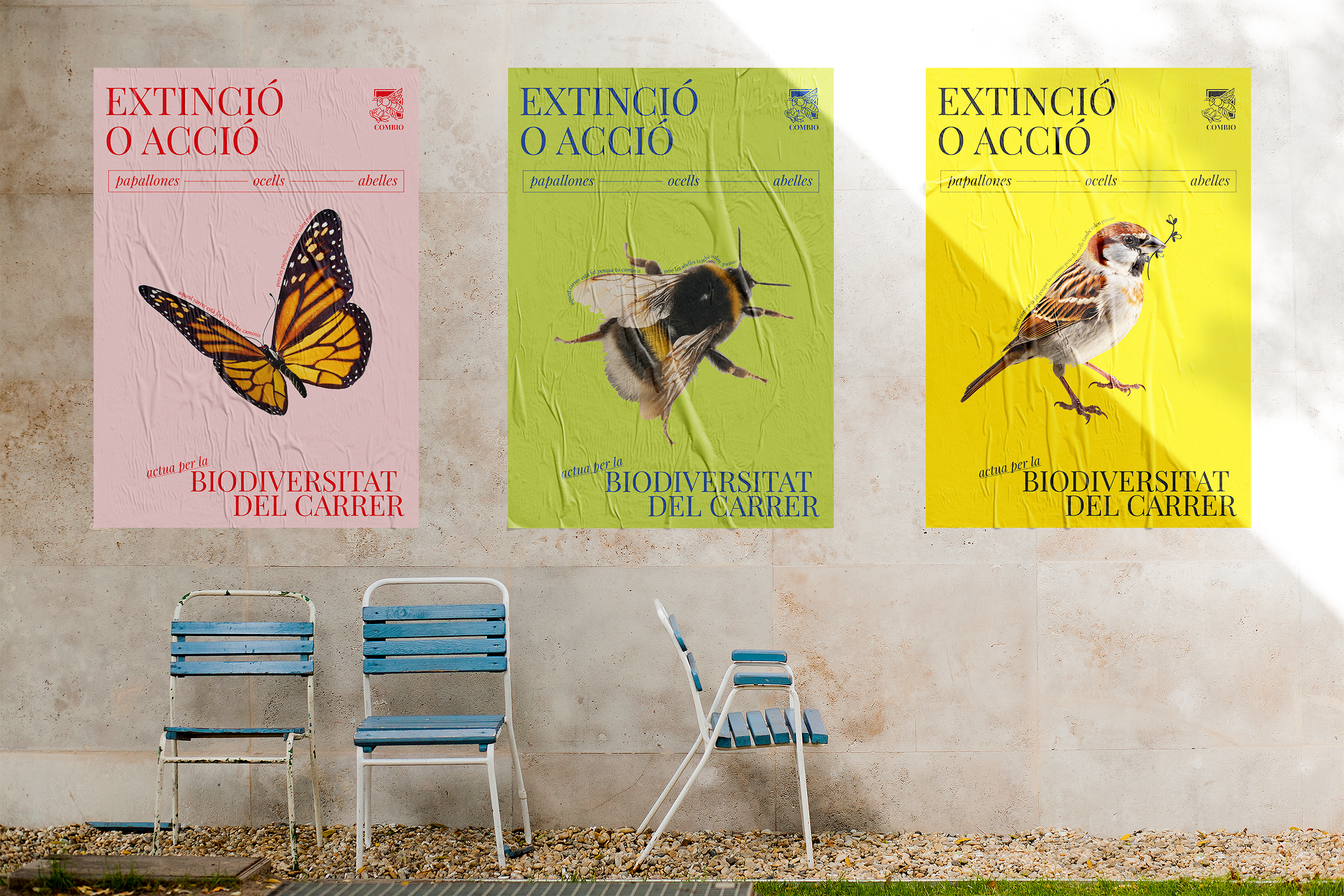
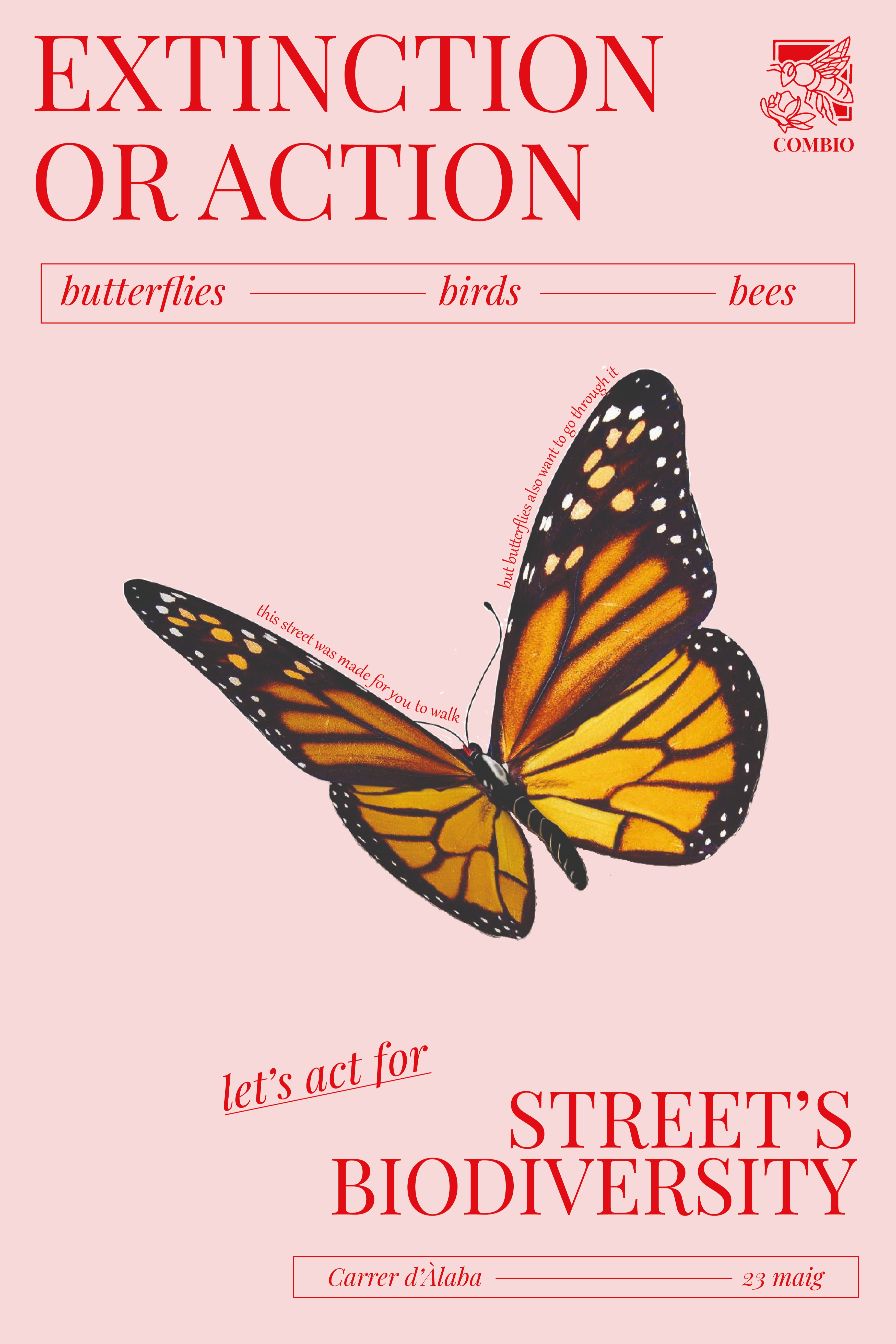
Example of Event Poster
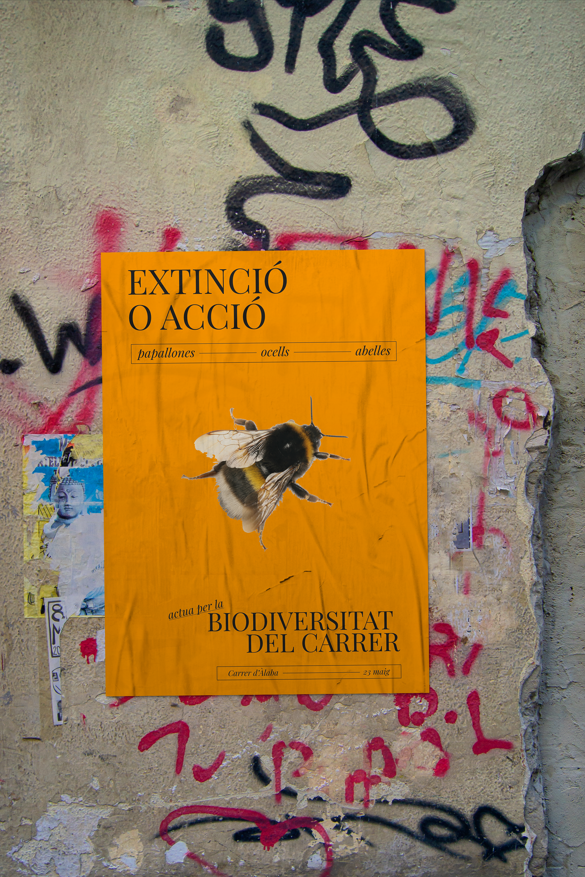
Rendered Poster in Poblenou
HTML Website Generator